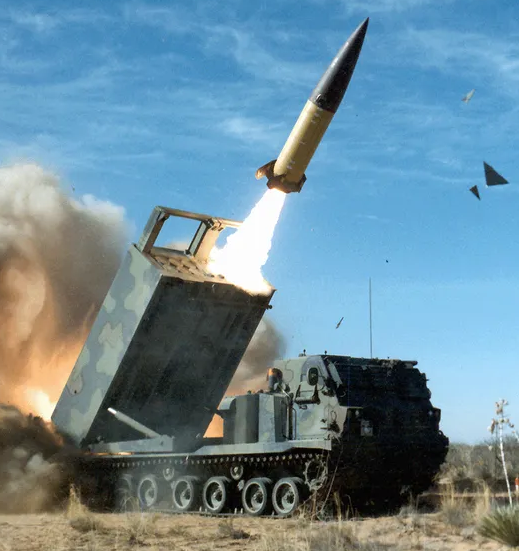

I can confirm M.2 to PCIe adapters work for booting Windows. Had both my Linux drive and Windows drive each in a separate one when I used to dual boot. Then I would swap out which adapter was in the computer to switch OS.
I haven’t plugged the Windows one in in a loooong time, but wanted to mention the option since it would do what you want.




Option 1: When you go to their website for the flathub link, it takes you to a download for a .flatpakref file. Dowload that and run it. It will open the Software Manager to the gopher64 entry. If it isn’t opening with the software manager for some reason, tell it to open .flatpakref files with the Software Manager.
Option 2: Search for gopher64 in the Software Manager.